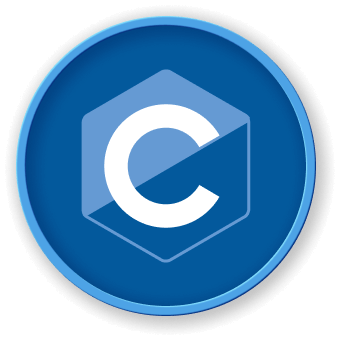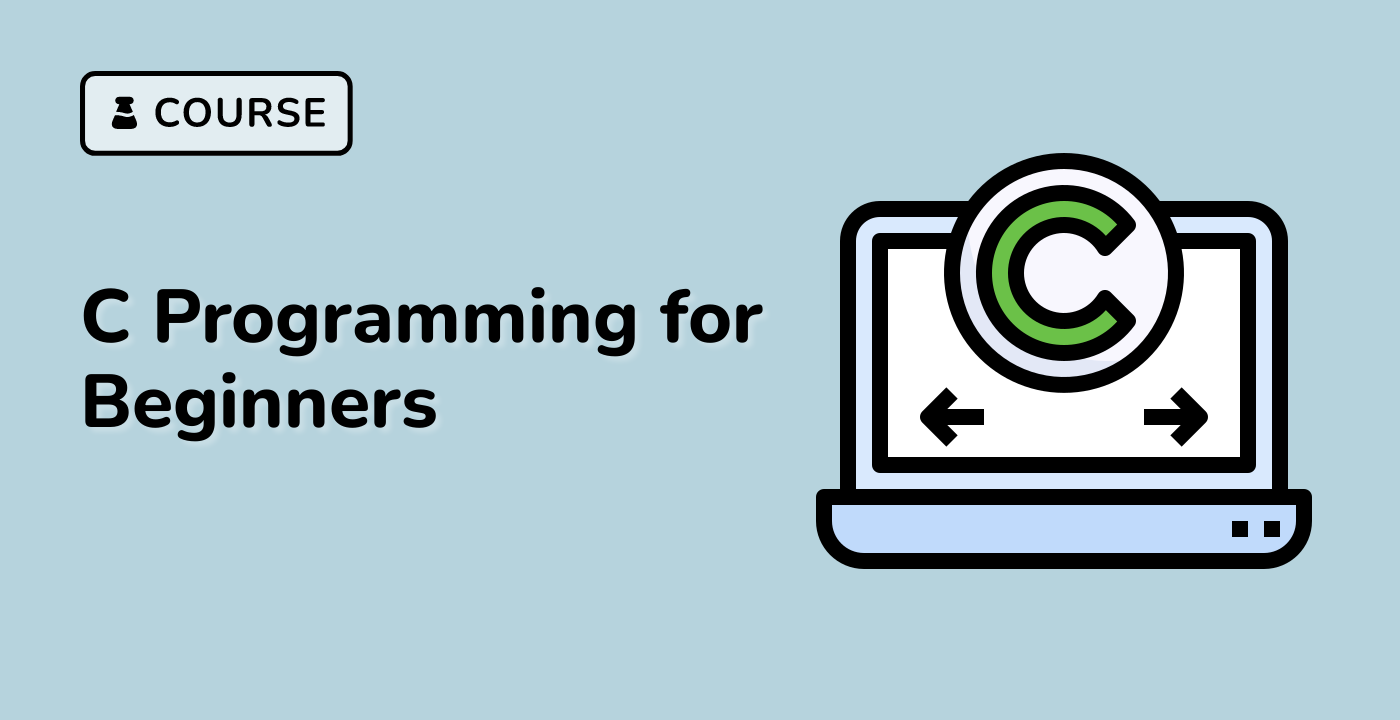Practical C Implementation
Core Implementation Strategies
graph TD
A[Input Method Design] --> B{Implementation Approach}
B --> |Buffer-based| C[Static Buffer]
B --> |Dynamic| D[Heap Allocation]
B --> |Stream-based| E[File Input]
C --> F[Predictable Memory]
D --> G[Flexible Memory]
E --> H[Scalable Processing]
Buffer Management Methods
| Technique |
Characteristics |
Recommended Use |
| Static Allocation |
Fixed Memory |
Small, Predictable Inputs |
| Dynamic Allocation |
Flexible Size |
Variable Length Inputs |
| Circular Buffers |
Continuous Processing |
Real-time Systems |
#include <stdio.h>
#include <stdlib.h>
#include <string.h>
#define MAX_INPUT_LENGTH 256
char* secure_input_method() {
char* buffer = malloc(MAX_INPUT_LENGTH);
if (fgets(buffer, MAX_INPUT_LENGTH, stdin) == NULL) {
free(buffer);
return NULL;
}
// Remove trailing newline
buffer[strcspn(buffer, "\n")] = 0;
return buffer;
}
int main() {
char* user_input = secure_input_method();
if (user_input) {
printf("Processed Input: %s\n", user_input);
free(user_input);
}
return 0;
}
- Length Checking
- Type Validation
- Character Filtering
- Boundary Protection
int validate_input(const char* input) {
// Complex validation logic
if (strlen(input) > MAX_INPUT_LENGTH) return 0;
for (int i = 0; input[i] != '\0'; i++) {
if (!isalnum(input[i]) && !isspace(input[i])) {
return 0; // Reject non-alphanumeric characters
}
}
return 1;
}
graph LR
A[Input Stream] --> B[Preprocessing]
B --> C{Validation}
C --> |Pass| D[Processing]
C --> |Fail| E[Error Handling]
D --> F[Memory Management]
E --> G[Logging]
Error Handling Mechanisms
- Graceful Failure Modes
- Comprehensive Error Logging
- Resource Cleanup
- User-friendly Feedback
Memory Management Best Practices
- Always free dynamically allocated memory
- Use valgrind for memory leak detection
- Implement strict boundary checks
- Prefer stack allocation when possible
LabEx Recommended Implementation Pattern
typedef struct {
char* buffer;
size_t length;
int status;
} InputResult;
InputResult process_input() {
InputResult result = {0};
result.buffer = malloc(MAX_INPUT_LENGTH);
if (fgets(result.buffer, MAX_INPUT_LENGTH, stdin)) {
result.length = strlen(result.buffer);
result.status = 1;
}
return result;
}
Practical Considerations
- Minimize memory allocations
- Use static analysis tools
- Implement comprehensive error handling
- Design for portability and scalability
By mastering these practical implementation techniques, developers can create robust, efficient, and secure input methods in C programming environments.




